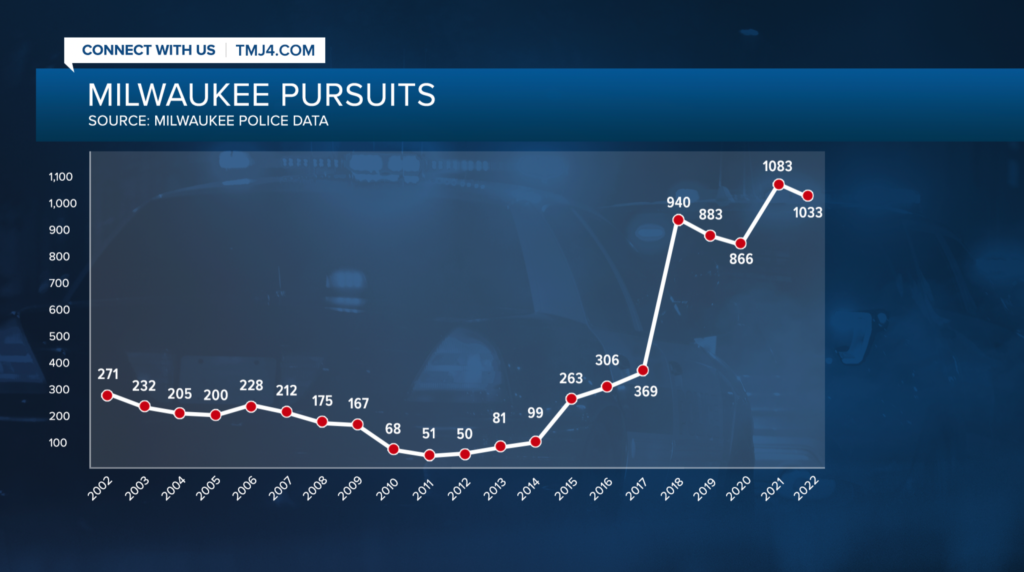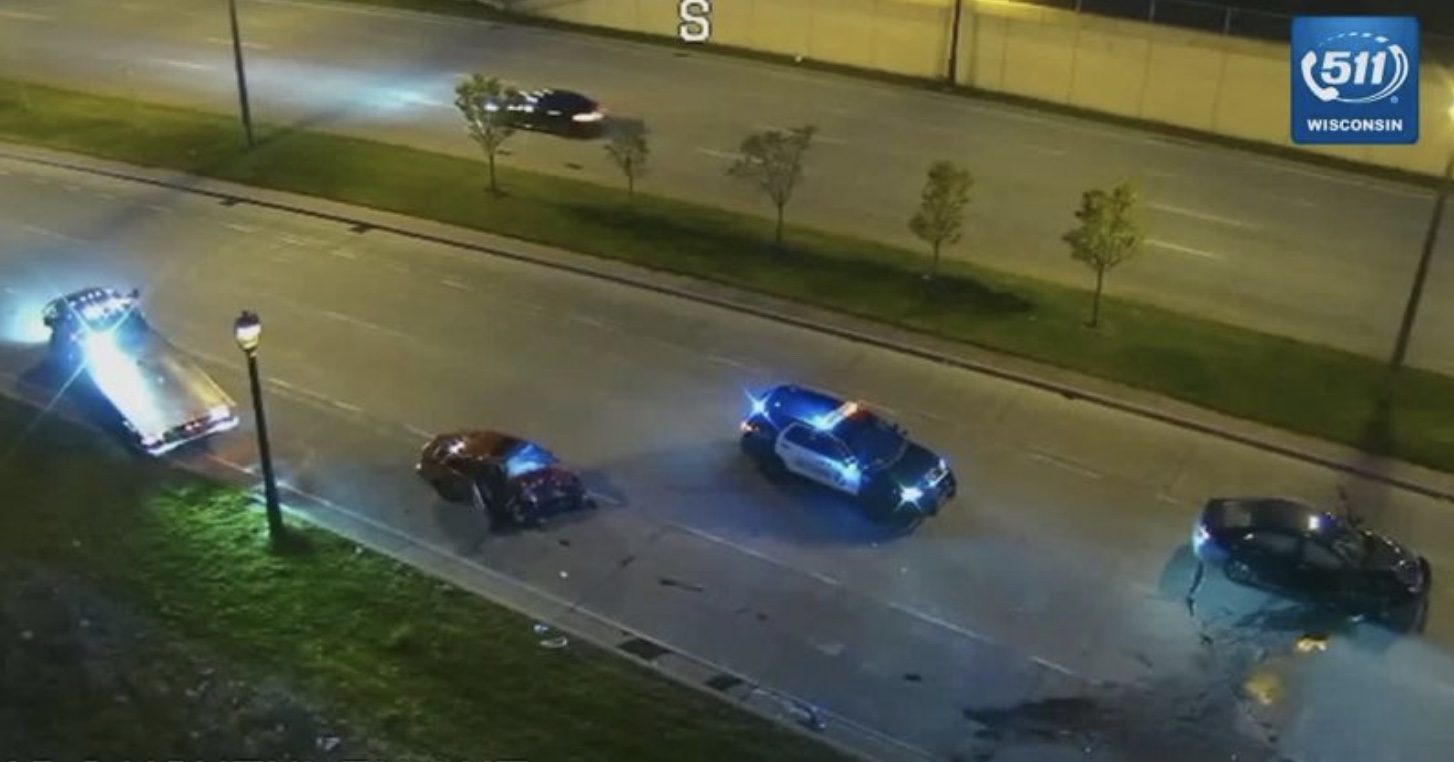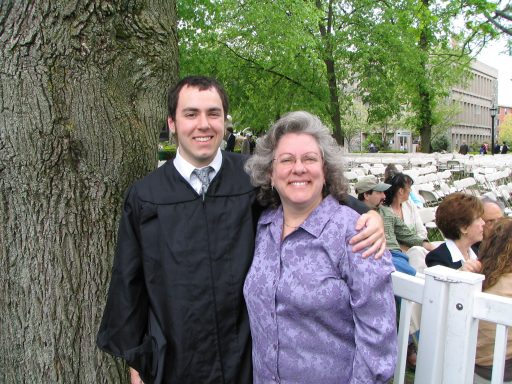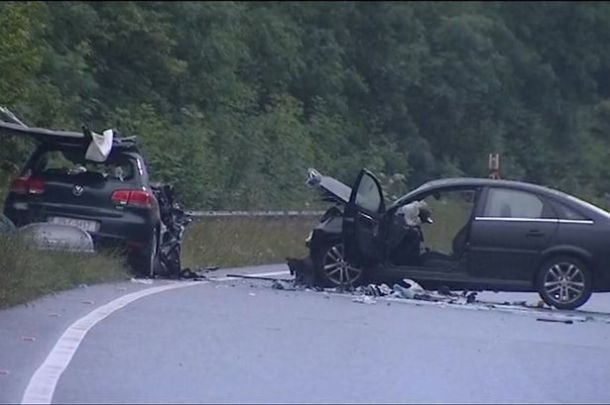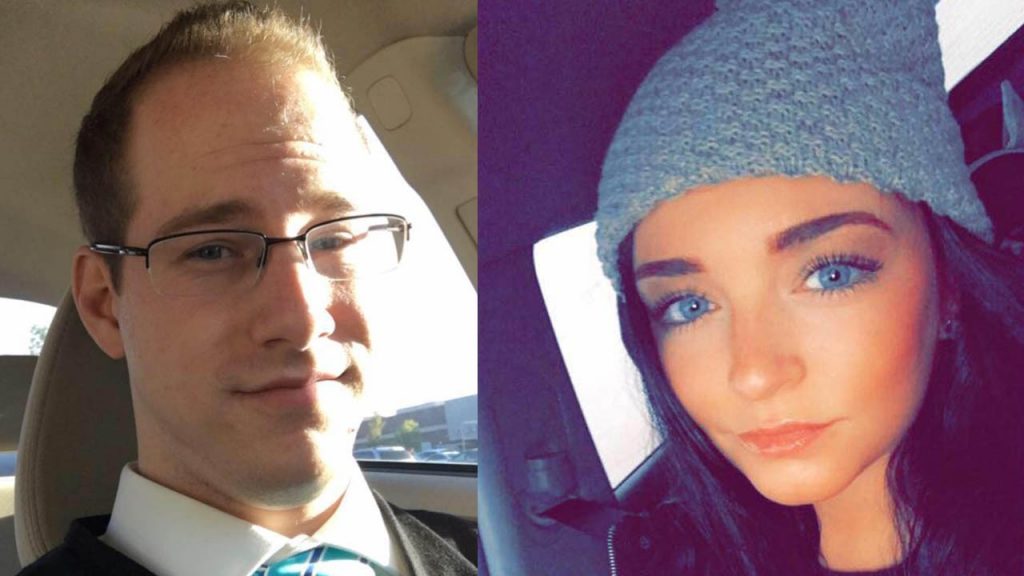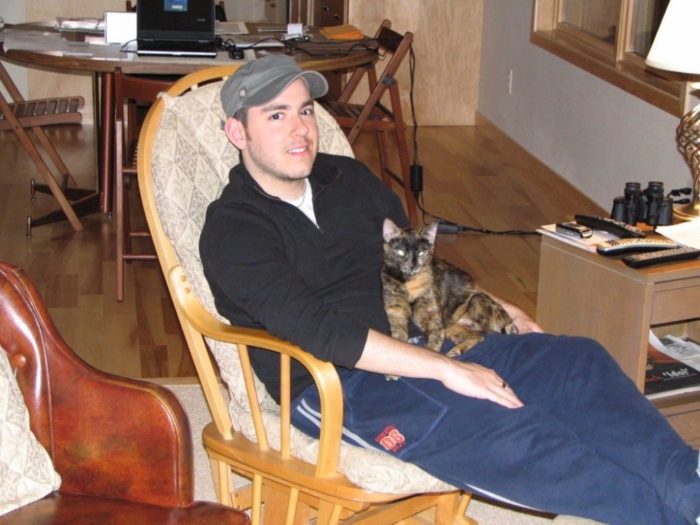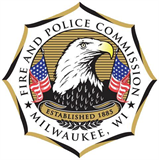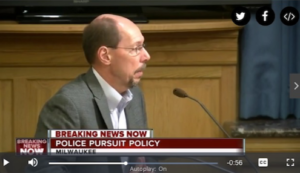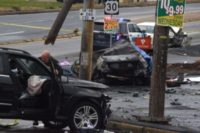Arlington County Police Department, Virginia
Corporal Harvey Snook, III
Arlington County Police Department, VA
EOW: Thursday, January 14, 2016
Cause of Death: 9/11 related illness
Danville Police Department, Ohio
Police Officer Thomas W. Cottrell, Jr.
Danville Police Department, OH
EOW: Sunday, January 17, 2016
Unified Police Department of Greater Salt Lake, Utah
Police Officer Douglas Scott Barney, II.
Unified Police Department of Greater Salt Lake, UT
EOW: Sunday, January 17, 2016
Marion County Sheriff’s Office, Illinois
Correctional Officer Adam Conrad
Marion County Sheriff’s Office, IL
EOW: Wednesday, January 20, 2016
Cause of Death: Automobile accident
United States Department of Homeland Security – Immigration and Customs Enforcement – Homeland Security Investigations, U.S. Government
Special Agent Scott McGuire
United States Department of Homeland Security – Immigration and Customs Enforcement – Homeland Security Investigations, US
EOW: Sunday, January 24, 2016
Cause of Death: Vehicular assault
Seaside Police Department, Oregon
Seaside Police Department, OR
EOW: Friday, February 5, 2016
Mesa County Sheriff’s Office, Colorado
Deputy Sheriff Derek Geer
Mesa County Sheriff’s Office, CO
EOW: Monday, February 8, 2016
Tulare County Sheriff’s Office, California
Deputy Sheriff Scott Ballantyne
Tulare County Sheriff’s Office, CA
EOW: Wednesday, February 10, 2016
Cause of Death: Aircraft accident
Harford County Sheriff’s Office, Maryland
Senior Deputy Mark F. Logsdon
Harford County Sheriff’s Office, MD
EOW: Wednesday, February 10, 2016
Harford County Sheriff’s Office, Maryland
Senior Deputy Patrick B. Dailey
Harford County Sheriff’s Office, MD
EOW: Wednesday, February 10, 2016
Riverdale Police Department, Georgia
Riverdale Police Department, GA
EOW: Thursday, February 11, 2016
Fargo Police Department, North Dakota
Police Officer Jason Moszer
Fargo Police Department, ND
EOW: Thursday, February 11, 2016
Mississippi Department of Public Safety – Bureau of Narcotics, Mississippi
Mississippi Department of Public Safety – Bureau of Narcotics, MS
EOW: Saturday, February 20, 2016
Park County Sheriff’s Office, Colorado
Park County Sheriff’s Office, CO
EOW: Wednesday, February 24, 2016
Prince William County Police Department, Virginia
Officer Ashley Marie Guindon
Prince William County Police Department, VA
EOW: Saturday, February 27, 2016
Las Animas County Sheriff’s Office, Colorado
Deputy Sheriff Travis Russell
Las Animas County Sheriff’s Office, CO
EOW: Tuesday, March 1, 2016
Cause of Death: Automobile accident
Euless Police Department, Texas
Police Officer David Stefan Hofer
Euless Police Department, TX
EOW: Tuesday, March 1, 2016
South Jacksonville Police Department, Illinois
Police Officer Scot Fitzgerald
South Jacksonville Police Department, IL
EOW: Friday, March 4, 2016
Cause of Death: Automobile accident
New Jersey State Police, New Jersey
New Jersey State Police, NJ
EOW: Tuesday, March 8, 2016
Cause of Death: Struck by vehicle
Hillsborough County Sheriff’s Office, Florida
Deputy Sheriff John Robert Kotfila, Jr.
Hillsborough County Sheriff’s Office, FL
EOW: Saturday, March 12, 2016
Cause of Death: Vehicular assault
California Highway Patrol, California
California Highway Patrol, CA
EOW: Sunday, March 13, 2016
Cause of Death: Struck by vehicle
Prince George’s County Police Department, Maryland
Police Officer I Jacai D. Colson
Prince George’s County Police Department, MD
EOW: Sunday, March 13, 2016
Cause of Death: Gunfire (Accidental)
El Paso Police Department, Texas
El Paso Police Department, TX
EOW: Monday, March 14, 2016
Cause of Death: Motorcycle accident
West Virginia State Police, West Virginia
First Sergeant Joseph G. Portaro
West Virginia State Police, WV
EOW: Monday, March 14, 2016
Cause of Death: Heart attack
Massachusetts State Police, Massachusetts
Massachusetts State Police, MA
EOW: Wednesday, March 16, 2016
Cause of Death: Automobile accident
Greenville Police Department, South Carolina
Police Officer III Allen Lee Jacobs
Greenville Police Department, SC
EOW: Friday, March 18, 2016
Howard County Sheriff’s Office, Indiana
Deputy Sheriff Carl A. Koontz
Howard County Sheriff’s Office, IN
EOW: Sunday, March 20, 2016
Des Moines Police Department, Iowa
Police Officer Susan Louise Farrell
Des Moines Police Department, IA
EOW: Saturday, March 26, 2016
Cause of Death: Vehicular assault
Des Moines Police Department, Iowa
Police Officer Carlos Puente-Morales
Des Moines Police Department, IA
EOW: Saturday, March 26, 2016
Cause of Death: Vehicular assault
Texas Department of Public Safety – Texas Highway Patrol, Texas
Texas Department of Public Safety – Texas Highway Patrol, TX
EOW: Saturday, March 26, 2016
Cause of Death: Automobile accident
Virginia State Police, Virginia
Trooper Chad Phillip Dermyer
Virginia State Police, VA
EOW: Thursday, March 31, 2016
Columbus Division of Police, Ohio
Police Officer Steven Michael Smith
Columbus Division of Police, OH
EOW: Tuesday, April 12, 2016
United States Department of Homeland Security – Customs and Border Protection – United States Border Patrol, U.S. Government
Border Patrol Agent Jose Daniel Barraza
United States Department of Homeland Security – Customs and Border Protection – United States Border Patrol, US
EOW: Monday, April 18, 2016
Cause of Death: Automobile accident
Florida Department of Corrections, Florida
Florida Department of Corrections, FL
Cause of Death: Heart attack
Bibb County Sheriff’s Office, Georgia
Investigator Anthony “TJ” Freeman
Bibb County Sheriff’s Office, GA
EOW: Thursday, May 5, 2016
Cause of Death: Vehicle pursuit
Kansas City Police Department, Kansas
Detective Brad D. Lancaster
Kansas City Police Department, KS
Phoenix Police Department, Arizona
Police Officer David Van Glasser
Phoenix Police Department, AZ
EOW: Thursday, May 19, 2016
Hilliard Division of Police, Ohio
Police Officer Sean Richard Johnson
Hilliard Division of Police, OH
EOW: Thursday, May 19, 2016
Cause of Death: Motorcycle accident
Auburn Police Department, Massachusetts
Police Officer Ronald Tarentino, Jr.
Auburn Police Department, MA
EOW: Sunday, May 22, 2016
Branch County Sheriff’s Office, Michigan
Deputy Sheriff Michael Arthur Winter
Branch County Sheriff’s Office, MI
EOW: Tuesday, May 31, 2016
Cause of Death: Animal related
Winnsboro Police Department, Louisiana
Winnsboro Police Department, LA
EOW: Saturday, June 4, 2016
Cause of Death: Automobile accident
Memphis Police Department, Tennessee
Police Officer Verdell Smith, Sr
Memphis Police Department, TN
EOW: Saturday, June 4, 2016
Cause of Death: Vehicular assault
New Orleans Police Department, Louisiana
Police Officer Natasha Maria Hunter
New Orleans Police Department, LA
EOW: Tuesday, June 7, 2016
Cause of Death: Vehicular assault
United States Department of Homeland Security – Immigration and Customs Enforcement – Office of Enforcement and Removal Operations, U.S. Government
Deportation Officer Brian Beliso
United States Department of Homeland Security – Immigration and Customs Enforcement – Office of Enforcement and Removal Operations, US
EOW: Wednesday, June 8, 2016
Cause of Death: Heart attack
Pearland Police Department, Texas
Police Officer Endy Nddiobong Ekpanya
Pearland Police Department, TX
EOW: Sunday, June 12, 2016
Cause of Death: Vehicular assault
San Jose Police Department, California
Police Officer Michael Jason Katherman
San Jose Police Department, CA
EOW: Tuesday, June 14, 2016
Cause of Death: Motorcycle accident
Gainesboro Police Department, Tennessee
Police Officer Zachary Tyler Larnerd
Gainesboro Police Department, TN
EOW: Wednesday, June 15, 2016
Cause of Death: Automobile accident
Patton Village Police Department, Texas
Sergeant Stacey Allen Baumgartner
Patton Village Police Department, TX
EOW: Sunday, June 19, 2016
Cause of Death: Vehicle pursuit
Jefferson Parish Sheriff’s Office, Louisiana
Deputy Sheriff David Francis Michel, Jr.
Jefferson Parish Sheriff’s Office, LA
EOW: Wednesday, June 22, 2016
Humphreys County Sheriff’s Office, Tennessee
Deputy Sheriff Martin Tase Sturgill, II
Humphreys County Sheriff’s Office, TN
EOW: Thursday, June 30, 2016
Cause of Death: Heart attack
Sterlington Police Department, Louisiana
Sergeant David Kyle Elahi
Sterlington Police Department, LA
EOW: Sunday, July 3, 2016
Cause of Death: Vehicular assault
St. Francois County Sheriff’s Office, Missouri
Deputy Sheriff Paul Clark
St. Francois County Sheriff’s Office, MO
EOW: Monday, July 4, 2016
Cause of Death: Vehicular assault
Southern Methodist University Police Department, Texas
Police Officer Calvin “Mark” McCullers
Southern Methodist University Police Department, TX
EOW: Tuesday, July 5, 2016
Dallas Police Department, Texas
Senior Corporal Lorne Bradley Ahrens
Dallas Police Department, TX
EOW: Thursday, July 7, 2016
Dallas Police Department, Texas
Police Officer Michael Leslie Krol
Dallas Police Department, TX
EOW: Thursday, July 7, 2016
Dallas Police Department, Texas
Sergeant Michael Joseph Smith
Dallas Police Department, TX
EOW: Thursday, July 7, 2016
Dallas Police Department, Texas
Police Officer Patricio E. Zamarripa
Dallas Police Department, TX
EOW: Thursday, July 7, 2016
Dallas Area Rapid Transit Police Department, Texas
Police Officer Brent Alan Thompson
Dallas Area Rapid Transit Police Department, TX
EOW: Thursday, July 7, 2016
Town of Salem Department of Public Safety, Wisconsin
Public Safety Officer Michael Joshua Ventura
Town of Salem Department of Public Safety, WI
EOW: Friday, July 8, 2016
Cause of Death: Automobile accident
Berrien County Sheriff’s Department, Michigan
Security Supervisor Joseph P. Zangaro
Berrien County Sheriff’s Department, MI
EOW: Monday, July 11, 2016
Berrien County Sheriff’s Department, Michigan
Court Officer Ronald Eugene Kienzle
Berrien County Sheriff’s Department, MI
EOW: Monday, July 11, 2016
Bellaire Police Department, Texas
Police Officer Marco Antonio Zarate
Bellaire Police Department, TX
EOW: Tuesday, July 12, 2016
Cause of Death: Vehicle pursuit
Texas Department of Criminal Justice, Texas
Corrections Officer Mari Johnson
Texas Department of Criminal Justice, TX
EOW: Saturday, July 16, 2016
Baton Rouge Police Department, Louisiana
Corporal Montrell Lyle Jackson
Baton Rouge Police Department, LA
EOW: Sunday, July 17, 2016
East Baton Rouge Parish Sheriff’s Office, Louisiana
Deputy Sheriff Bradford Allen Garafola
East Baton Rouge Parish Sheriff’s Office, LA
EOW: Sunday, July 17, 2016
Baton Rouge Police Department, Louisiana
Police Officer Matthew Lane Gerald
Baton Rouge Police Department, LA
EOW: Sunday, July 17, 2016
Luzerne County Correctional Facility, Pennsylvania
Correctional Officer Kristopher D. Moules
Luzerne County Correctional Facility, PA
EOW: Monday, July 18, 2016
Kansas City Police Department, Kansas
Captain Robert David Melton
Kansas City Police Department, KS
EOW: Tuesday, July 19, 2016
San Diego Police Department, California
Police Officer Jonathan M. DeGuzman
San Diego Police Department, CA
EOW: Thursday, July 28, 2016
West Des Moines Police Department, Iowa
West Des Moines Police Department, IA
EOW: Wednesday, August 3, 2016
Cause of Death: Automobile accident
Amarillo Police Department, Texas
Police Officer Justin Scherlen
Amarillo Police Department, TX
EOW: Thursday, August 4, 2016
Cause of Death: Automobile accident
Tennessee Bureau of Investigation, Tennessee
Special Agent De’Greaun Frazier
Tennessee Bureau of Investigation, TN
EOW: Tuesday, August 9, 2016
Sebastian County Sheriff’s Office, Arkansas
Sebastian County Sheriff’s Office, AR
EOW: Wednesday, August 10, 2016
United States Department of Homeland Security – Customs and Border Protection – United States Border Patrol, U.S. Government
Border Patrol Agent Manuel Alvarez
United States Department of Homeland Security – Customs and Border Protection – United States Border Patrol, US
EOW: Thursday, August 11, 2016
Cause of Death: Motorcycle accident
Hatch Police Department, New Mexico
Police Officer Jose Ismael Chavez
Hatch Police Department, NM
EOW: Friday, August 12, 2016
Eastman Police Department, Georgia
Police Officer Timothy Kevin Smith
Eastman Police Department, GA
EOW: Saturday, August 13, 2016
Fenton Police Department, Louisiana
Police Officer Shannon Brown
Fenton Police Department, LA
EOW: Saturday, August 13, 2016
Cause of Death: Struck by vehicle
Maryville Police Department, Tennessee
Police Officer Kenneth Ray Moats
Maryville Police Department, TN
EOW: Thursday, August 25, 2016
Navajo Division of Public Safety, Tribal Police
Senior Police Officer Leander Frank
Navajo Division of Public Safety, TR
EOW: Tuesday, August 30, 2016
Cause of Death: Automobile accident
Alamogordo Police Department, New Mexico
Police Officer Clint Corvinus
Alamogordo Police Department, NM
EOW: Friday, September 2, 2016
Austin Police Department, Texas
Senior Police Officer Amir Abdul-Khaliq
Austin Police Department, TX
EOW: Sunday, September 4, 2016
Cause of Death: Motorcycle accident
Puerto Rico Police Department, Puerto Rico
Lieutenant Waldemar Rivera-Santiago
Puerto Rico Police Department, PR
EOW: Monday, September 5, 2016
Cause of Death: Motorcycle accident
Eastland County Sheriff’s Office, Texas
Deputy Sheriff Kenneth Hubert Maltby
Eastland County Sheriff’s Office, TX
EOW: Wednesday, September 7, 2016
Cause of Death: Automobile accident
Johnson County Sheriff’s Office, Kansas
Master Deputy Sheriff Brandon Collins
Johnson County Sheriff’s Office, KS
EOW: Sunday, September 11, 2016
Cause of Death: Vehicular assault
Shelby Police Department, North Carolina
K9 Officer Timothy James Brackeen
Shelby Police Department, NC
EOW: Monday, September 12, 2016
McCrory Police Department, Arkansas
Police Officer Robert Aaron Barker
McCrory Police Department, AR
EOW: Thursday, September 15, 2016
Cause of Death: Automobile accident
Cook County Sheriff’s Police Department, Illinois
Patrol Officer Jason Gallero
Cook County Sheriff’s Police Department, IL
EOW: Thursday, September 15, 2016
Cause of Death: Duty related illness
Ohio State Highway Patrol, Ohio
Ohio State Highway Patrol, OH
EOW: Thursday, September 15, 2016
Cause of Death: Struck by vehicle
Alabama Department of Corrections, Alabama
Correctional Officer Kenneth Bettis
Alabama Department of Corrections, AL
EOW: Friday, September 16, 2016
Detroit Police Department, Michigan
Detroit Police Department, MI
EOW: Saturday, September 17, 2016
Ulster County Sheriff’s Office, New York
Ulster County Sheriff’s Office, NY
EOW: Thursday, September 22, 2016
Puerto Rico Police Department, Puerto Rico
Puerto Rico Police Department, PR
EOW: Friday, September 23, 2016
Cause of Death: Automobile accident
Pennsylvania Department of Corrections, Pennsylvania
Corrections Officer David M. Weaver
Pennsylvania Department of Corrections, PA
EOW: Monday, September 26, 2016
Forsyth County Sheriff’s Office, North Carolina
Deputy Sheriff John Thomas Isenhour
Forsyth County Sheriff’s Office, NC
EOW: Wednesday, September 28, 2016
Cause of Death: Struck by vehicle
Gregg County Sheriff’s Office, Texas
Corporal Robert Eugene Ransom
Gregg County Sheriff’s Office, TX
EOW: Friday, September 30, 2016
Cause of Death: Heart attack
Los Angeles County Sheriff’s Department, California
Los Angeles County Sheriff’s Department, CA
EOW: Wednesday, October 5, 2016
New York State Police, New York
Investigator Paul R. Stuewer
New York State Police, NY
EOW: Wednesday, October 5, 2016
Cause of Death: 9/11 related illness
Puerto Rico Police Department, Puerto Rico
Puerto Rico Police Department, PR
EOW: Wednesday, October 5, 2016
Cause of Death: Motorcycle accident
St. Louis County Police Department, Missouri
Police Officer Blake Curtis Snyder
St. Louis County Police Department, MO
EOW: Thursday, October 6, 2016
Palm Springs Police Department, California
Police Officer Lesley Zerebny
Palm Springs Police Department, CA
EOW: Saturday, October 8, 2016
Palm Springs Police Department, California
Police Officer Jose Gilbert Vega
Palm Springs Police Department, CA
EOW: Saturday, October 8, 2016
Puerto Rico Police Department, Puerto Rico
Sergeant Luis A. Meléndez-Maldonado
Puerto Rico Police Department, PR
EOW: Wednesday, October 12, 2016
Chesapeake Police Department, Ohio
Police Officer Aaron J. Christian
Chesapeake Police Department, OH
EOW: Tuesday, October 18, 2016
Cause of Death: Automobile accident
Modoc County Sheriff’s Office, California
Deputy Sheriff Jack Hopkins
Modoc County Sheriff’s Office, CA
EOW: Wednesday, October 19, 2016
Los Angeles County Sheriff’s Department, California
Los Angeles County Sheriff’s Department, CA
EOW: Monday, October 24, 2016
Cause of Death: Automobile accident
New York State Police, New York
New York State Police, NY
EOW: Wednesday, October 26, 2016
Cause of Death: Struck by vehicle
Fairbanks Police Department, Alaska
Fairbanks Police Department, AK
EOW: Friday, October 28, 2016
Chester Police Department, Illinois
Police Officer James Brockmeyer
Chester Police Department, IL
EOW: Friday, October 28, 2016
Cause of Death: Vehicle pursuit
Detroit Police Department, Michigan
Police Officer Myron Jarrett
Detroit Police Department, MI
EOW: Friday, October 28, 2016
Cause of Death: Vehicular assault
Rusk County Sheriff’s Office, Wisconsin
Rusk County Sheriff’s Office, WI
EOW: Saturday, October 29, 2016
Fresno County Sheriff’s Office, California
Fresno County Sheriff’s Office, CA
EOW: Monday, October 31, 2016
Cause of Death: Gunfire (Accidental)
Taylor County Sheriff’s Office, Florida
Deputy Sheriff Scott Williams
Taylor County Sheriff’s Office, FL
EOW: Monday, October 31, 2016
Cause of Death: Automobile accident
Miami Police Department, Florida
Police Officer Jorge Sanchez
Miami Police Department, FL
EOW: Tuesday, November 1, 2016
Cause of Death: Automobile accident
Urbandale Police Department, Iowa
Police Officer Justin Scott Martin
Urbandale Police Department, IA
EOW: Wednesday, November 2, 2016
Des Moines Police Department, Iowa
Sergeant Anthony David Beminio
Des Moines Police Department, IA
EOW: Wednesday, November 2, 2016
New York City Police Department, New York
New York City Police Department, NY
EOW: Friday, November 4, 2016
Peach County Sheriff’s Office, Georgia
Sergeant Patrick Michael Sondron
Peach County Sheriff’s Office, GA
EOW: Sunday, November 6, 2016
West Valley City Police Department, Utah
Police Officer Cody Brotherson
West Valley City Police Department, UT
EOW: Sunday, November 6, 2016
Cause of Death: Vehicular assault
Show Low Police Department, Arizona
Police Officer Darrin Reed
Show Low Police Department, AZ
EOW: Tuesday, November 8, 2016
Peach County Sheriff’s Office, Georgia
Deputy Sheriff Daryl Smallwood
Peach County Sheriff’s Office, GA
EOW: Tuesday, November 8, 2016
New Orleans Police Department, Louisiana
Police Officer Jude Williams Lewis
New Orleans Police Department, LA
EOW: Tuesday, November 8, 2016
Cause of Death: Automobile accident
Canonsburg Borough Police Department, Pennsylvania
Police Officer Scott Leslie Bashioum
Canonsburg Borough Police Department, PA
EOW: Thursday, November 10, 2016
Stanislaus County Sheriff’s Department, California
Deputy Sheriff Dennis Wallace
Stanislaus County Sheriff’s Department, CA
EOW: Sunday, November 13, 2016
Newton County Sheriff’s Office, Georgia
Deputy Sheriff Justin White
Newton County Sheriff’s Office, GA
EOW: Tuesday, November 15, 2016
Cause of Death: Automobile accident
United States Department of Homeland Security – Customs and Border Protection – United States Border Patrol, U.S. Government
Border Patrol Agent David Gomez
United States Department of Homeland Security – Customs and Border Protection – United States Border Patrol, US
EOW: Wednesday, November 16, 2016
Cause of Death: Heart attack
South Texas Specialized Crimes and Narcotics Task Force, Texas
Assistant Commander Kenneth Joseph Starrs
South Texas Specialized Crimes and Narcotics Task Force, TX
EOW: Wednesday, November 16, 2016
Cause of Death: Struck by train
United States Department of Justice – United States Marshals Service, U.S. Government
Deputy Commander Patrick Thomas Carothers
United States Department of Justice – United States Marshals Service, US
EOW: Friday, November 18, 2016
San Antonio Police Department, Texas
Detective Benjamin Edward Marconi
San Antonio Police Department, TX
EOW: Sunday, November 20, 2016
Nassau County Sheriff’s Office, Florida
Deputy Sheriff Eric James Oliver
Nassau County Sheriff’s Office, FL
EOW: Tuesday, November 22, 2016
Cause of Death: Struck by vehicle
Utah Highway Patrol, Utah
Trooper Eric Dale Ellsworth
EOW: Tuesday, November 22, 2016
Cause of Death: Struck by vehicle
Wayne State University Police Department, Michigan
Police Officer Collin James Rose
Wayne State University Police Department, MI
EOW: Wednesday, November 23, 2016
Colorado State Patrol, Colorado
Trooper Cody James Donahue
Colorado State Patrol, CO
EOW: Friday, November 25, 2016
Cause of Death: Struck by vehicle
San Bernardino County Sheriff’s Department, California
San Bernardino County Sheriff’s Department, CA
EOW: Wednesday, January 6, 2016
Cause of Death: Asphyxiation
Canton Police Department, Ohio
Canton Police Department, OH
EOW: Sunday, January 10, 2016
Norfolk Police Department, Virginia
Norfolk Police Department, VA
EOW: Monday, January 11, 2016
Smith County Constable’s Office – Precinct 5, Texas
Smith County Constable’s Office – Precinct 5, TX
EOW: Tuesday, January 19, 2016
Twin Rivers Unified School District Police Department, California
Twin Rivers Unified School District Police Department, CA
EOW: Wednesday, January 20, 2016
Cause of Death: Struck by vehicle
Omaha Police Department, Nebraska
Omaha Police Department, NE
EOW: Saturday, January 23, 2016
Rutland County Sheriff’s Office, Vermont
Rutland County Sheriff’s Office, VT
EOW: Friday, January 29, 2016
Cause of Death: Struck by vehicle
Port Authority of Allegheny County Police Department, Pennsylvania
Port Authority of Allegheny County Police Department, PA
EOW: Sunday, January 31, 2016
Monroe County Sheriff’s Office, Tennessee
Monroe County Sheriff’s Office, TN
EOW: Wednesday, March 9, 2016
Chelan County Sheriff’s Office, Washington
Chelan County Sheriff’s Office, WA
EOW: Wednesday, March 9, 2016
Cause of Death: Struck by vehicle
Las Vegas Metropolitan Police Department, Nevada
Las Vegas Metropolitan Police Department, NV
EOW: Thursday, March 31, 2016
Cause of Death: Gunfire (Accidental)
Unified Police Department of Greater Salt Lake, Utah
Unified Police Department of Greater Salt Lake, UT
EOW: Wednesday, April 27, 2016
Anaheim Police Department, California
Anaheim Police Department, CA
EOW: Wednesday, May 18, 2016
Westchester County Department of Public Safety, New York
Westchester County Department of Public Safety, NY
EOW: Friday, May 20, 2016
Cause of Death: Heat exhaustion
La Salle County Sheriff’s Office, Texas
La Salle County Sheriff’s Office, TX
EOW: Sunday, May 29, 2016
Cause of Death: Heat exhaustion
Richland Parish Sheriff’s Office, Louisiana
Richland Parish Sheriff’s Office, LA
EOW: Wednesday, June 1, 2016
Cause of Death: Heat exhaustion
San Juan Police Department, Texas
San Juan Police Department, TX
EOW: Thursday, June 2, 2016
Cause of Death: Heat exhaustion
Cherokee County School District Police Department, Georgia
Cherokee County School District Police Department, GA
EOW: Friday, June 10, 2016
Cause of Death: Heat exhaustion
Amarillo Police Department, Texas
Amarillo Police Department, TX
EOW: Sunday, June 12, 2016
Cause of Death: Accidental
United States Department of Homeland Security – Customs and Border Protection – United States Border Patrol, U.S. Government
United States Department of Homeland Security – Customs and Border Protection – United States Border Patrol, US
EOW: Monday, June 20, 2016
Cause of Death: Heat exhaustion
Fountain County Sheriff’s Office, Indiana
Fountain County Sheriff’s Office, IN
EOW: Monday, June 27, 2016
Cause of Death: Heat exhaustion
Long Beach Police Department, California
Long Beach Police Department, CA
EOW: Tuesday, June 28, 2016
Cause of Death: Gunfire (Accidental)
Emmett Police Department, Idaho
Emmett Police Department, ID
EOW: Friday, July 1, 2016
Cause of Death: Automobile accident
Pennsylvania Department of Corrections, Pennsylvania
Pennsylvania Department of Corrections, PA
EOW: Thursday, July 7, 2016
Cause of Death: Heat exhaustion
Arlington Police Department, Texas
Arlington Police Department, TX
EOW: Tuesday, July 19, 2016
Cause of Death: Heat exhaustion
Stephens County Sheriff’s Office, Oklahoma
Stephens County Sheriff’s Office, OK
EOW: Thursday, August 4, 2016
Cause of Death: Heat exhaustion
Kingman Police Department, Arizona
Kingman Police Department, AZ
EOW: Saturday, August 20, 2016
Cause of Death: Heat exhaustion
California City Police Department, California
K9 Ty Vom Friedrichsfelder Eck
California City Police Department, CA
EOW: Wednesday, September 7, 2016
Alaska State Troopers, Alaska
Alaska State Troopers, AK
EOW: Sunday, September 25, 2016
Boise Police Department, Idaho
Boise Police Department, ID
EOW: Wednesday, November 16, 2016
Wethersfield Police Department, CT
EOW: Tuesday, November 22, 2016
Volusia County Sheriff’s Office, Florida
Volusia County Sheriff’s Office, FL
EOW: Tuesday, November 22, 2016
Pembroke Police Department, NC
EOW: Tuesday, November 29, 2016
 But this should not be unexpected.
But this should not be unexpected.

